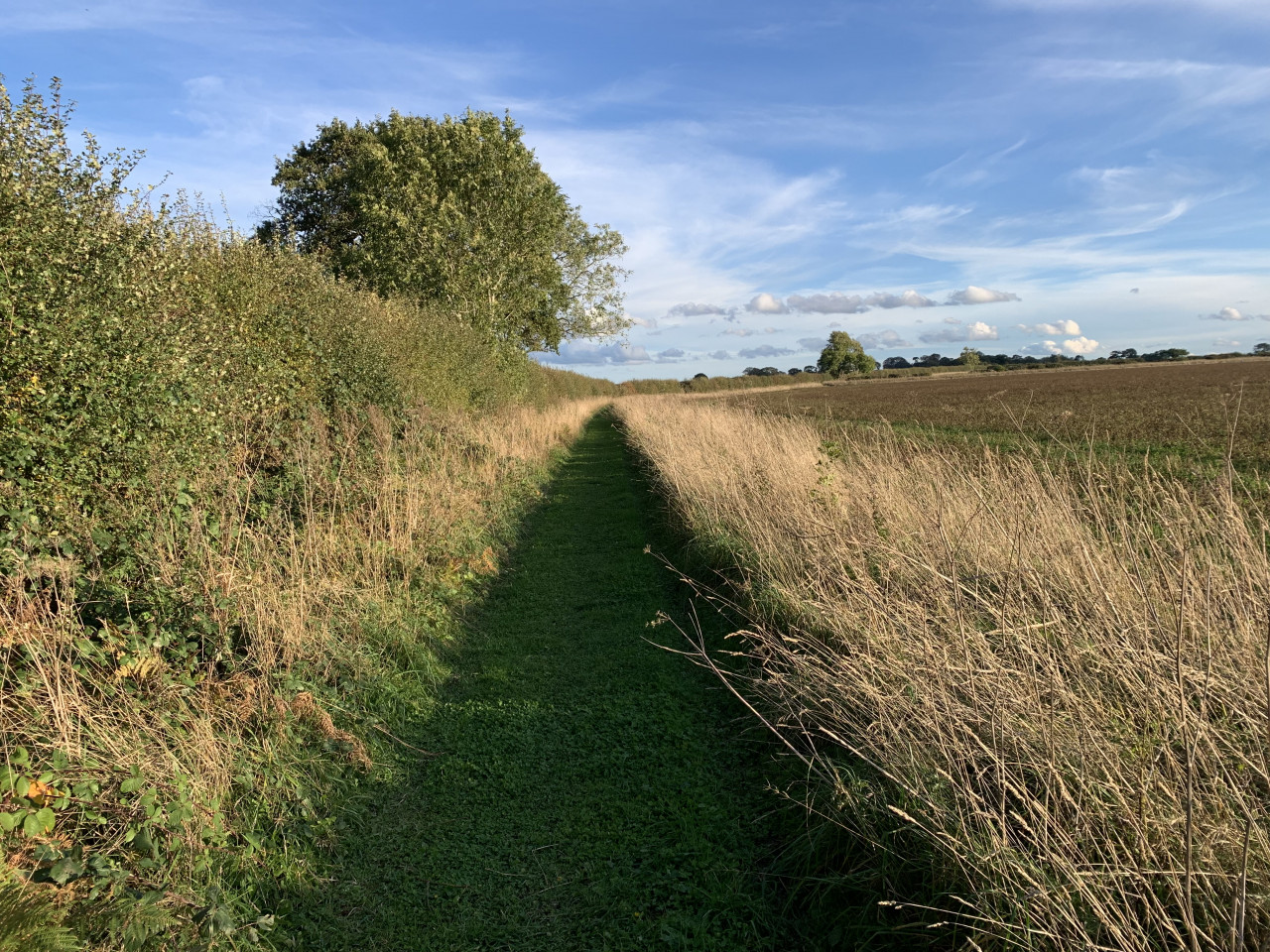Providing farmland birds a lifeline this winter
As we enter early January and temperatures begin to fall, foraging time for farmland birds is at its lowest and food sources start to run out. This period is often referred to as the 'hungry gap' and usually lasts from December through to April - the hardest time for many of our beloved wild bird species to survive.
As we enter this peak period for food requirements, your carefully managed wild bird seed plots will start looking thinner and a lot of the seed will have fallen to the ground and been eaten. The good news is that growers and land managers are increasingly taking up the option of supplementary feeding, either as part of an existing Higher Level Stewardship (HLS) scheme, Countryside Stewardship (CS) scheme, or simply because it's a great thing to do.
Countryside Stewardship
If you're in a CS scheme, you'll know that unlike other CS options (for example AB8: Flower rich margins and plots which may take two or three years to reach their full potential), supplementary feeding can be a quick win. Once a regular feeding pattern has been established, birds will be waiting - often in large numbers - at the feeding sites for this small seed lifeline.
Those who have an existing agreement in Mid Tier grants and Wildlife Offers in the CS scheme, you were able to include half a tonne of AB12: Supplementary winter feeding for farmland birds for every one hectare of your AB9: Winter bird food plots.
If you are considering applying for the Sustainable Farming Incentive (SFI), it's worth noting that AB12 isn't available, though you can apply for Winter Bird Food Plots (ALH2).
Seed composition and quality
The composition of your supplementary feeding mix is important as it needs to provide a variety of seed types that appeal to a wide range of birds.
A typical mix will have up to 70% cereal (not maize), with the rest being a mixture of at least three small seeds. No single small seed can make up more than 50% of this element. The most commonly used are oilseed rape, millet, sunflower, canary and linseed. All of these are highly attractive to farmland birds and provide a rich source of energy in the winter months when other food sources are less available.
The purity of the seed is really important too, particularly as it's often spread thinly at various locations around the farm and could potentially introduce undesirable species like black-grass, rogue millets and fat hen if not of sound quality. More information about how and where we source seed will be covered in an upcoming blog - subscribe here to be notified when it's published.
Once you've received your seed, our advisors can provide ongoing support with the management of your wild bird seed crops and feeding regime during the key supplementary window. You can also find some best practice guidance below:
Top tips
- The rules around how you should deliver supplementary feed aren't strict, but you should have at least two feeding sites and not be feeding more than 10% of it through hoppers and feeders. If you are using feeders, Kings supplies both standard and automatic feeders from Perdix. These feeders can be moved around easily to help with the rotation of supplementary feeding locations. Find out more.
- Some growers choose to spread the seed manually but most use spinners. If possible, try to use hard tracks to spread the seed and try to feed adjacent to your AB9 areas, as farmland birds will already be concentrated here.
- Having a hedge next to the feeding track is useful as birds will feel more secure if there is nearby cover to dive into should a predator be close by. Try to avoid feeding close to farm buildings to minimize the risk of pests becoming a problem.
- If there is a shoot on the farm, you are probably already providing food (such as wheat or kibbled maize) for the game birds. Adapting the mix to contain cereals and small seeds is easily done to provide for other species while still catering them. Replacing some or all of your maize-based game covers with AB9 plots that provide cover throughout the shooting season will mean you can take advantage of payments for both AB9 and the associated AB12 - a win-win situation.
Record keeping
We supply supplementary feeding record books to help you remain compliant, should a Rural Payments Agency (RPA) inspector come calling.
The record book can be used across the year to support your ongoing feeding activity. It's also worth using digital recording tools to help evidence your hard work electronically. MySOYL and its environment manager tool are available in Frontier's MyFarm platform and can be used to map your feeding sites, keep track of progress, save photos and keep accurate records and timelines all in one place. Better still, you can do this from the office but while also out in the field.
Another great way to see the fruits of your labour and record the impact of any supplementary feeding is to get involved in the Game & Wildlife Conservation Trust's Big Farmland Bird Count. This initiative takes place 2nd-18th February and is a great way to assess the range of bird species on farm. Previous years have seen amazing results and the number of participants continues to grow – visit the BFBC website to see how you can take part.
Whether the driver for supplementary feeding on your farm is environmental, economic or a combination of the two, your efforts will provide farmland birds with everything they need to get through those difficult winter months.
Find out more about how we can support you with supplementary here, or get in touch.
As a subscriber, you’ll receive email alerts each time a new blog is published so you can always stay updated with the latest advice and insights from our experts







Comments